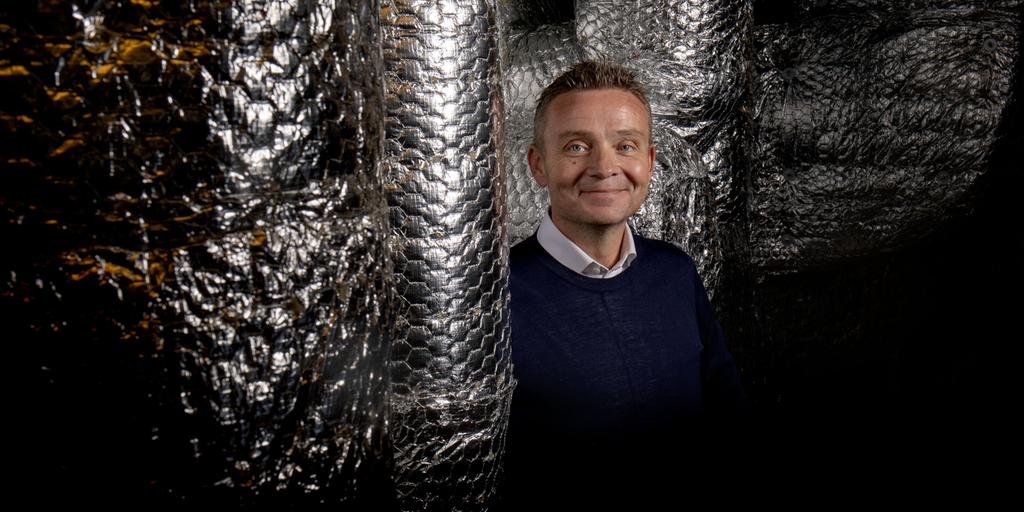Jonisering gör att det luktar bättre på Marstrand
Ionization makes it smell better on Marstrand Many holidaymakers want to enjoy the West Coast, which means a challenge for Marstrand’s sewage treatment plant. The high load in summer led to an unsustainable situation. The stench was difficult, but the solution was simple: – I have no previous experience of ionization, but we did not […]
Jonisering gör att det luktar bättre på Marstrand Läs mer »






